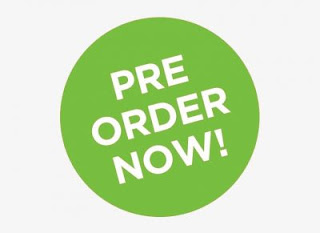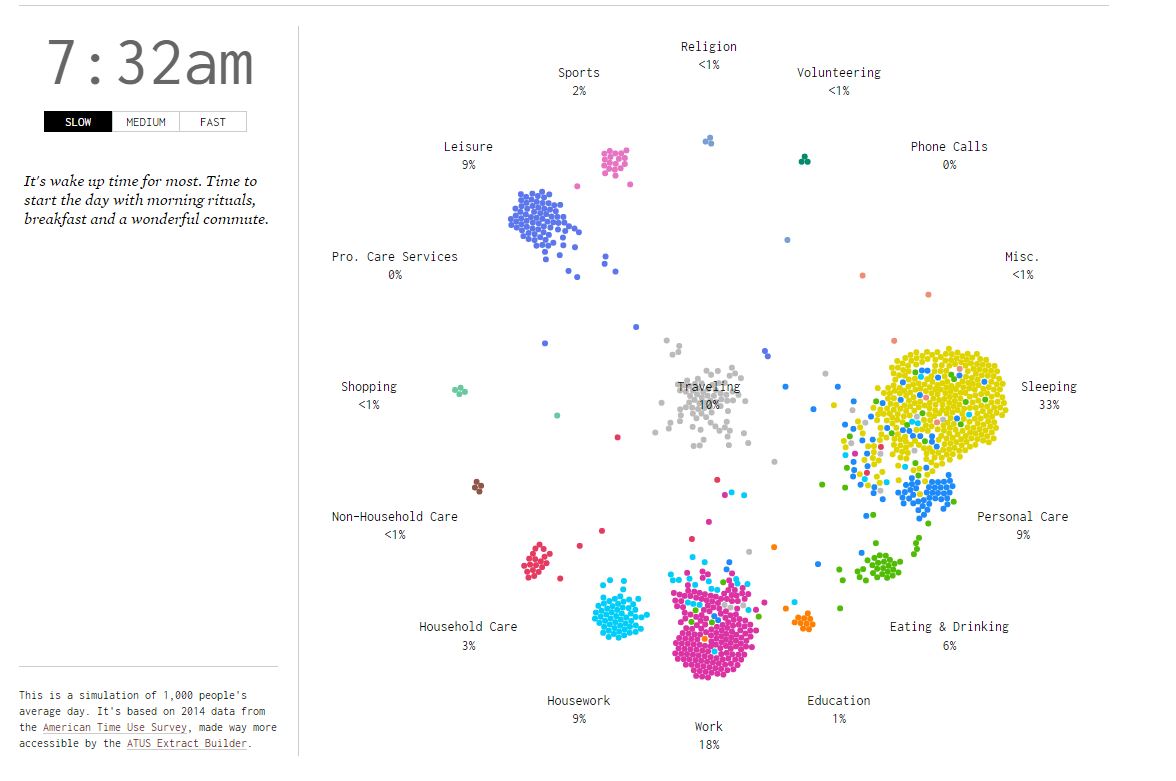Productivity and creativity in writing, sometimes seem to be two opposing forces that are impossible to be reconciled. The wall between the duo is the contrast between quantity and quality. While productivity likes tidiness - that is, a streamlined process to get the tasks done before the deadline - creativity thrives on chaos. You let your mind wander as you take time to explore new topics, perhaps you would stumble upon a new idea.
And here comes the battle! How to be productive without submerging creativity! As a writer, how do you sustain your consistency in terms of quantity, yet maintain the quality of your articles? It is obvious that creativity enriches, and helps the writer to stand out in an overcrowded market. Hence, the quality of your writings is primary to all other factors.
Are you itching to demolish the wall, increasing your productivity and expanding your creativity? Let’s go for a ride.
Identify the benefits of being creative
Is creativity valuable anymore? For budding writers and authors, it is easy to conclude that the way to expand one’s presence is by the number of articles or books published. Consequently, one drags oneself into scribbling shabby ideas and publishing poorly edited content. However, the fact remains that most readers or organisations value creativity and craft in content creation and production.
Ann Handley, a regular keynote speaker on content marketing, writes, “Metrics and measurement are important. But the art in marketing is just as important as the science!” In other words, the craft of your content is as important as the figures.
The best way to attract a loyal audience is to nurture our voice and to stand out. So, we need to be creative.
Set boundaries for your creativity
Setting boundaries for creativity means finding a spot between chasing productivity and welcoming creativity, order and chaos, strict planning and freewheeling, staying safe and exploring new territory.
Imagine how frustrating it is sitting before your computer system or with your pen and paper, and you are just blank. You searched and travelled through your mind, but it seems like you have been formatted. However, creativity benefits from such limitations.
Therefore, instead of looking for a random idea, limit your idea generation to a specific topic. When the mind is focused on a topic, ideas are generated sporadically. Meanwhile, your choice of topic should be what resonates with the needs of your clients or readers now. For instance, as a life coach, ask yourself: What’s the main aim of your clients? Perhaps, they want to find more balance in their lives and feel less stressed. So, how can you help them achieve that? It is amazing how ideas that seem erased begin to crowd the head and become the answers to questions.
By setting boundaries for your creativity, you save more time and reduce the stress of planning. This then improves your productivity.
“Creativity is just connecting things. When you ask creative people how they did something, they feel a little guilty because they didn’t really do it, they just saw something. It seemed obvious to them after a while. That’s because they were able to connect experiences they’ve had and synthesize new things.” – Steve Jobs
Go down rabbit holes
While in a hurry to get things done, it is crucial to foster your curiosity to be detailed. Work flows easily when you allow serendipity to guide. Be adventurous in doing your tasks. You get more inspiration for writing when you follow your curiosity and read widely.
Don’t wait till you finish your first draft before searching for a quote you are curious about. Be wide in your reading. Taking on reading and writing challenges on different topics opens your eyes, gives you a fresh perspective, and might even boost your productivity.
You can also foster creativity by asking “Why” more often. Why do clients struggle with a specific problem? Why do they make certain mistakes? Walter Isaacson writes that Leonardo da Vinci—possibly the most creative person ever—embraced his inner child, and kept asking “Why?”
“He never outgrew the child’s need not just to admire the beauty of a blue sky but to ask why it is that colour.” – Walter Isaacson
Learn to switch between the creative desk and the productive desk.
Austin Kleon has two different desks to switch between his productive and creative mindset: An “analog” desk for creative work, and a digital desk for productivity. As he writes in his book “Steal Like an Artist,”
I have two desks in my office—one is “analog” and one is “digital.” The analog desk has nothing but markers, pens, pencils, paper, index cards, and newspapers. (…) This is where most of my work is born (…). The digital desk has my laptop, my monitor, my scanner, and my drawing tablet. This is where I edit and publish my work.
You should learn to switch between the productive and creative modes. When you sit down to work, ask yourself: What is the main objective of the next half hour? Do I need to write as much as possible of my first draft? (that’s a productive mode). Or do I have time to explore ideas before finalizing an outline? (that’s a creative mode).
Rabbit holes are only dangerous when you don’t limit your time. Know when you should be on the “analog” and when to move to the “digital.”
Launch into the deep
Each blog post or article you write should give you a tip on your next topic. Have you identified 10 Characteristics of a leader? Go deeper by picking each feature as a topic one after another. So, you have 11 articles already. Lovely!
Don’t be generic with your writings. The magic in writing appears when you learn to listen better, dig deeper into your topic, and force yourself to learn more.
Being creative doesn’t require a lot of extra time or extra work. You just need to allow for a limited dose of chaos in your process, to foster curiosity, to formulate questions and look for answers, to admit your ignorance, to be brave enough to explore unfamiliar territories.
Writing becomes more fun, you procrastinate less and boost your productivity.




.jpg)




.jpg)






